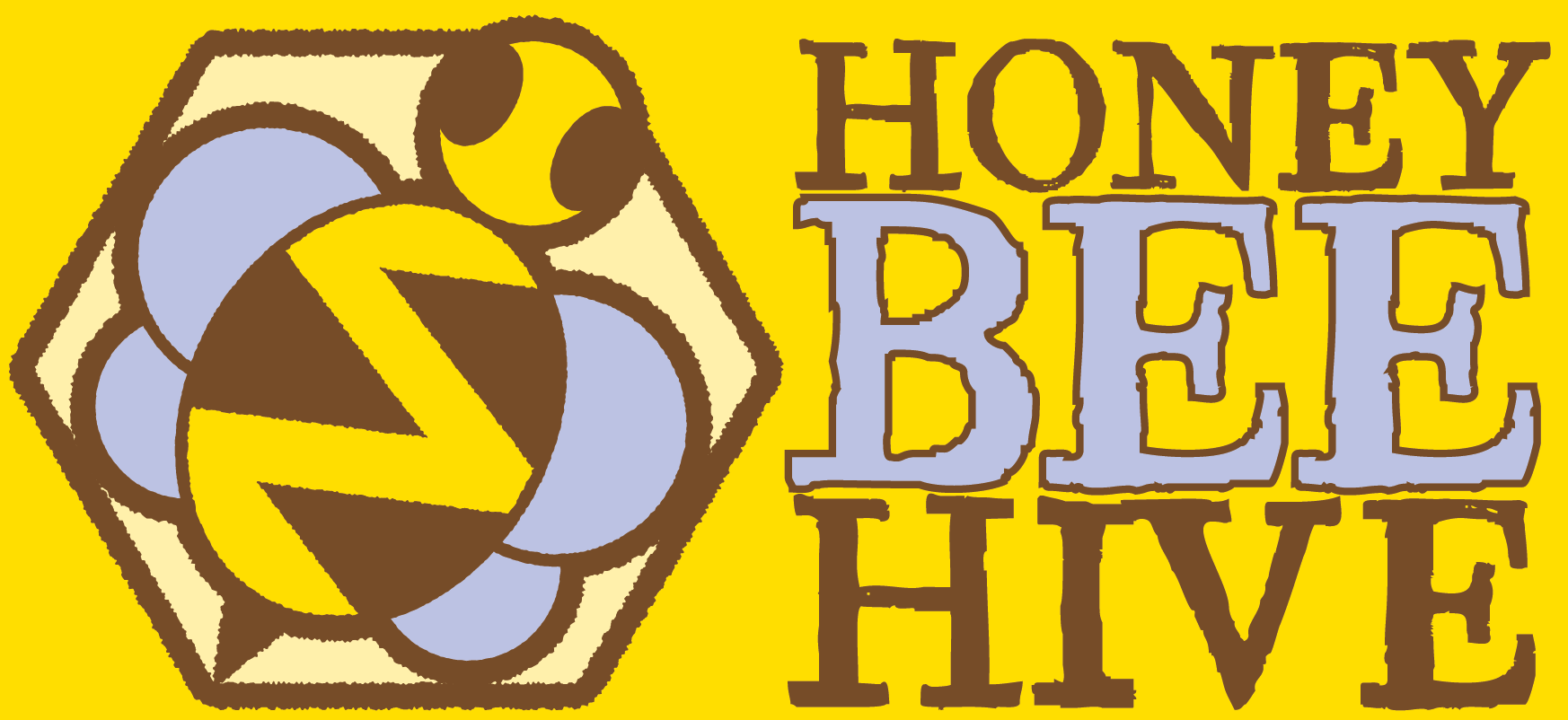When hooking a rug, the rug hooker can use a wide range of "cuts" of wool, to make the rug. Cuts typically range between #2 and #12, each denoting the width of the strip being cut. The most common cuts used by most rug hookers are between #3 to #8.
Generally speaking, cuts #6 and higher are considered "primitive" hooking, while smaller cuts are considered "fine" hooking.
Each cut has its own width as shown in the table below:
| Cutter Size | Width in Inches |
|---|---|
| #2 | 2/32" |
| #3 | 3/32" |
| #4 | 4/32" or 1/8" |
| #5 | 5/32" |
| #6 | 6/32" or 3/16" |
| #7 | 7/32" |
| #8 | 8/32" or 1/4" |
| #9 | 9/32" |
| #10 | 10/32" or 5/16" |
| #11 | 11/32" |
| #12 | 12/32" or 3/8" |
The size of the cut determines the detail that can be created in the rug hooking design, with smaller cuts (e.g., #3 and #4) allowing for greater detail, whereas larger cuts (generally greater than #6 cuts) can be used for areas requiring less detail (as is the case for background). While some rug hookers may hook a piece in different cuts (e.g., use smaller cuts for areas of the rug that require fine detail, while using larger cuts for background fill), many use the same cut for their entire rug hooking project.
Another consideration is the amount of time you have. Smaller cuts require more hooked loops per inch to cover the area, and therefore generally take longer to complete.
